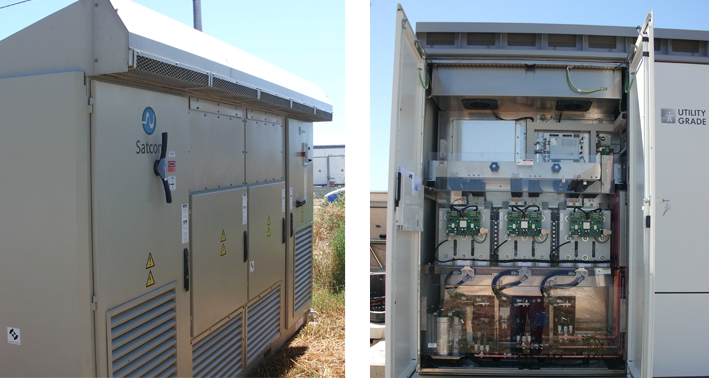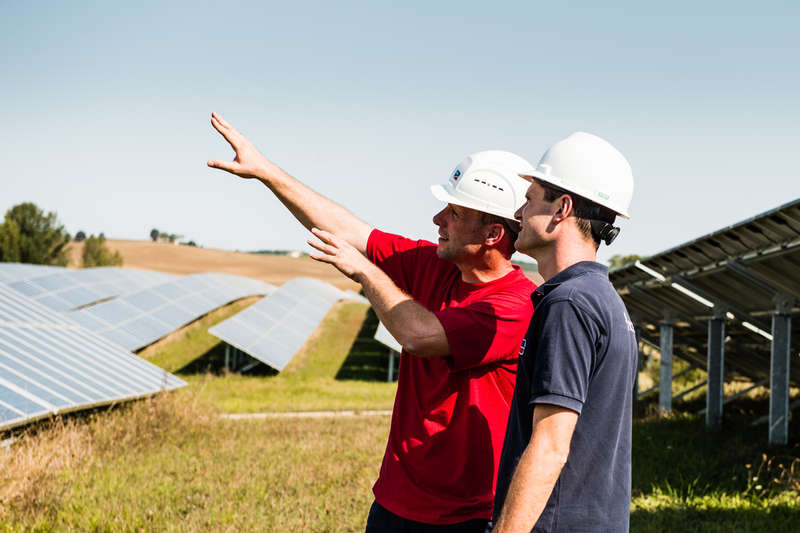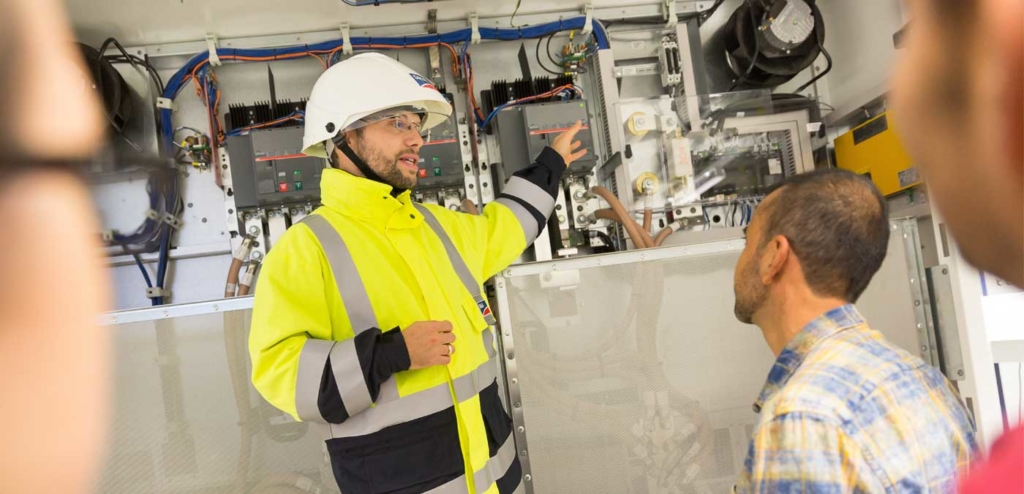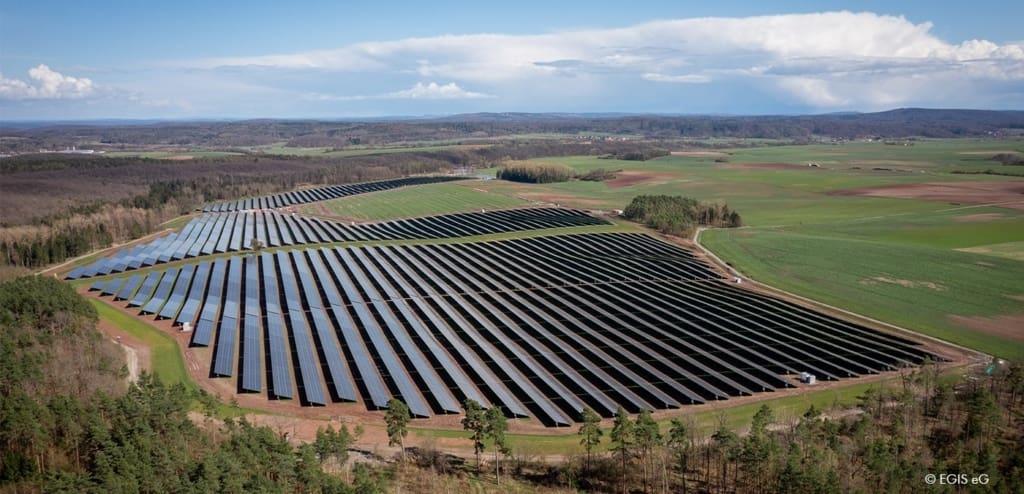Revamping Photovoltaic Systems in Italy

Turning crisis into opportunity: Despite the fact that the installation of new PV systems has dropped by several megawatts, a new and promising trend known as revamping has developed in Italy.
Revamping essentially involves upgrading already existing PV systems to increase the system’s service life and productivity. Italy is a very profitable country for solar energy and already has numerous PV installations that could be improved and made more efficient. By revamping, PV system operators can best boost the value of their systems using a modernization process that closely examines and restructures the system.
The Goal: Modernize PV Systems and Ensure Output
Revamping a system means breaking through the planning and technical limits that have developed in an aging PV system, and incorporating current and modern ideas into the project. Modernizing already existing PV systems is not nearly as expensive as installing an entirely new system, and it also achieves a better result in the end because the system’s unique characteristics are already known.
SMA Italia is a pioneer when it comes to this type of project. “We are in contact with a growing number of investors who are dealing with inefficient PV systems that were built during Italy’s photovoltaic boom,” said Attilio Bragheri, Director of the Power Plant Solutions division in Italy, which is responsible for major PV installations. “The feed-in tariff that is tied to these systems is truly outstanding. Nevertheless, the payout is mostly lost because the installed inverters are unable to produce the projected output.”

SMA experts have researched the best method for replacing inverters, with the goal of halting productivity losses.
In fact, the discrepancy between the actual output generated by the PV system and the projected output in the business plan is the main reason investors are revamping their systems. “They are doing it mainly because the race to install PV systems back in the day was so intense that more attention was paid to scheduling the installation than the technical features of the chosen products or the reliability of the manufacturer,” explained Bragheri. “Nowadays, many of those photovoltaic manufacturers are no longer in business; they either went bankrupt or left the industry. System operators and therefore the investors are now faced with PV systems that rely on obsolete equipment or ones that no longer receive technical support from the manufacturer to ensure the equipment is operating correctly.”
Case Study: Northern Italy’s Cuneo PV Farm
One story of a successful revamping comes from an inverter replacement in a 1 MW system located in the northern Italian town of Cuneo. The previously installed inverter was still functional, but its output was low. Because the inverter’s manufacturer was no longer in business, the system’s operator couldn’t count on technical support. Instead, they had to handle the system’s maintenance on their own.
While the system still functioned two and a half years after it was installed, its output was about six percent less than what had been projected in the business plan, resulting in substantial financial losses. Over the long term, the gap between the actual output and that estimated in the business plan would have continued to grow. Revamping successfully reversed this downward trend.
The inverter was replaced at night when the inverter was not productive, which meant that there would be no down time. In fact, the system was commissioned during the early morning hours so that a parallel connection of the system could occur starting at 9 a.m.
Possible Output Increase of up to 10 Percent
To best fit into the original design and system dimensions, they installed two SMA Sunny Central CP inverters with an output of 500 kW each. The central inverter achieved an efficiency level of 98.6 percent. Leaving out the integrated low-voltage transformer was a particularly critical factor in increasing the system’s output and saving on a renewed current conversion, which reduced specific product costs even further.
“Revamping the 1 MW PV system immediately increased energy generated daily by five to six percent,” confirmed Bragheri. “The projected output for the next 20 years is now even 10 percent higher than in the business plan.”




Feel free to contribute!